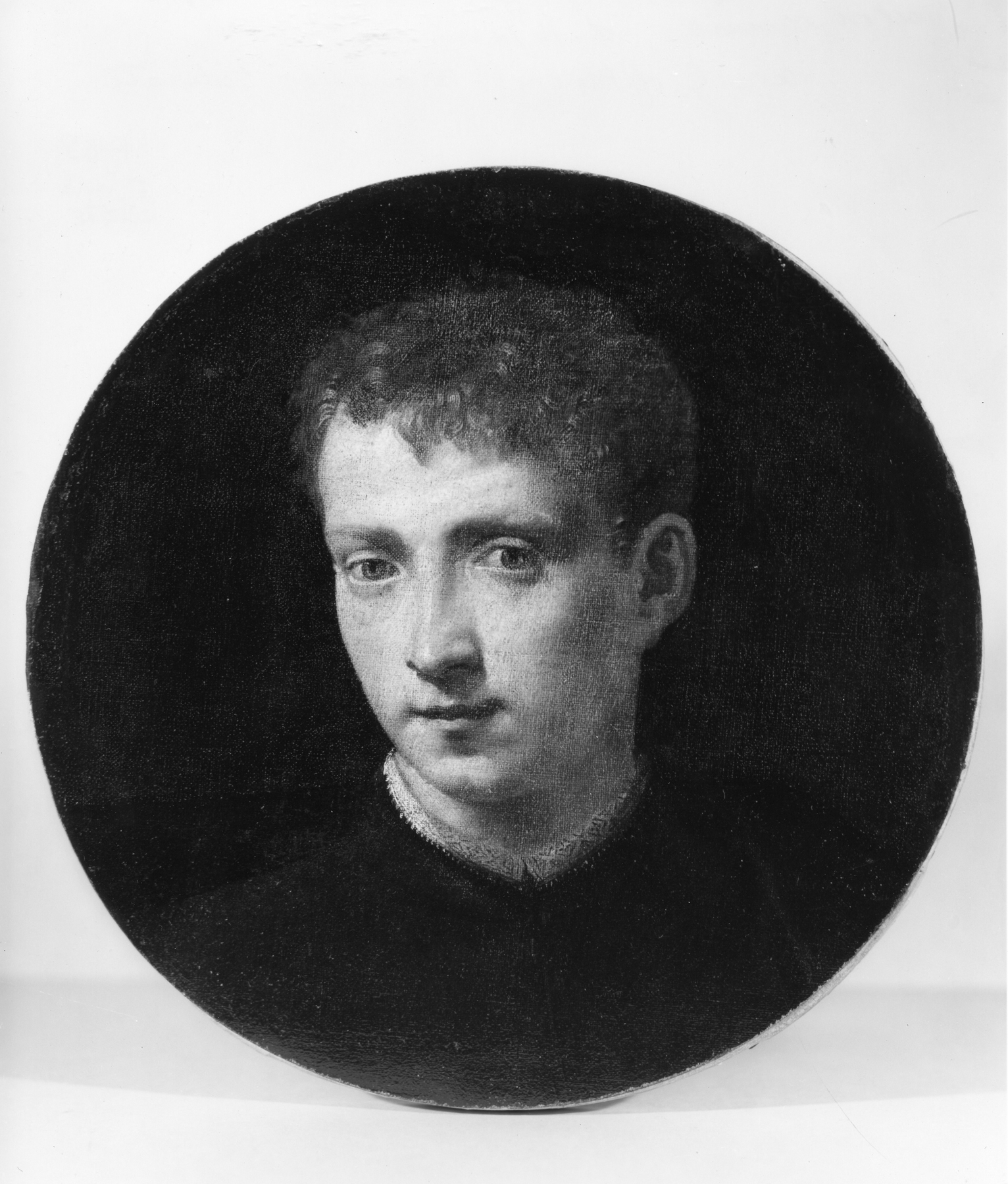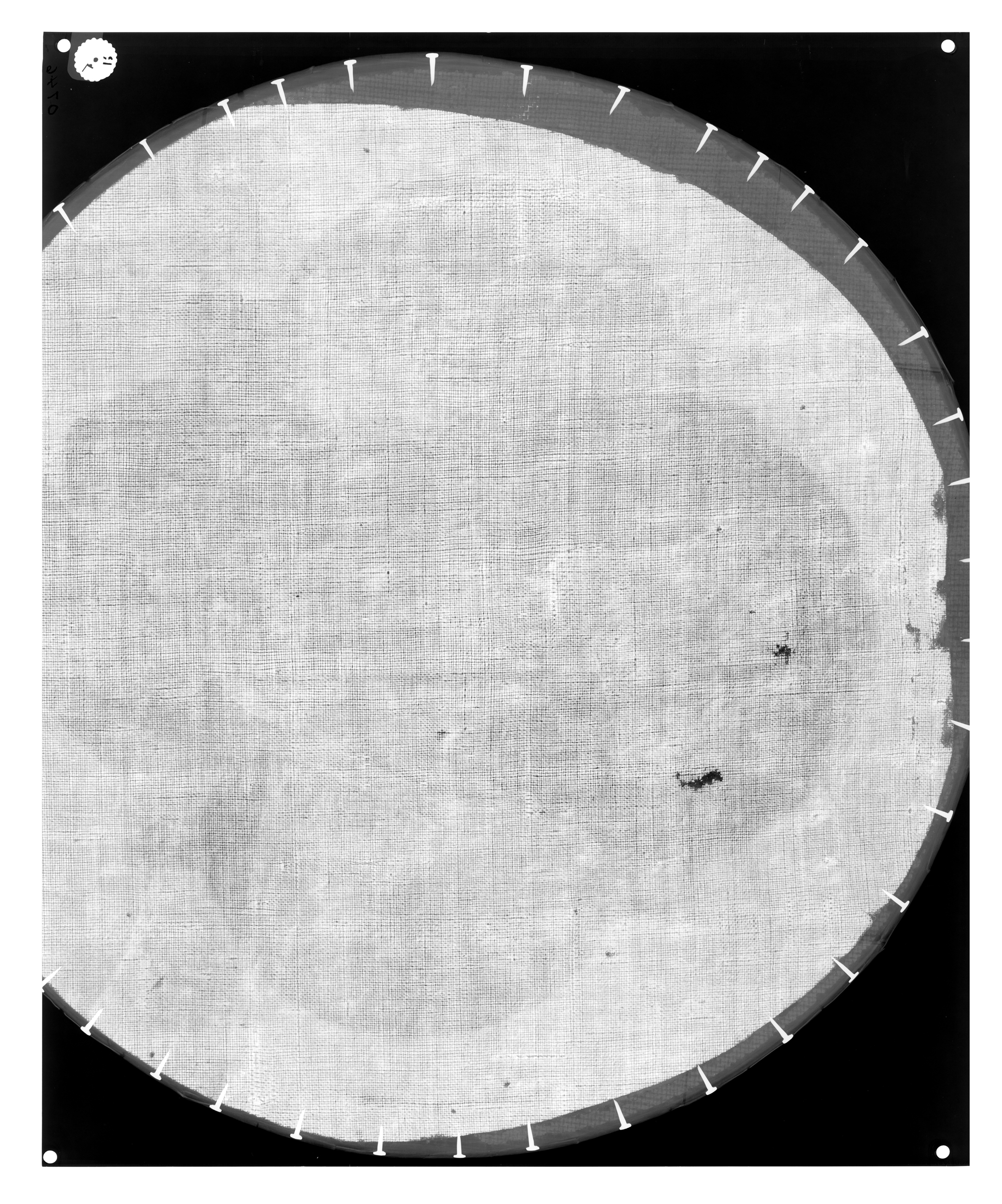Portrait of a Young Man
(Renaissance Europe )
It is likely that this portrait was cut from a larger composition, as the edges of the circular canvas show no signs of having been stretched or tacked down. The original picture would, therefore, not have been a tondo (circular image) as it is now, but a larger, rectangular picture.
The unidentified sitter's black costume was fashionable in 16th-century Italy. The portrait was probably executed by Salviati when he was in Florence, working for Duke Cosimo de' Medici in the Palazzo Vecchio. He is best known for his depictions of historical or religious subjects, but he was also a fine interpreter of the human face.
Provenance
Provenance (from the French provenir, 'to come from/forth') is the chronology of the ownership, custody, or location of a historical object.
Don Marcello Massarenti Collection, Rome; Henry Walters, Baltimore, 1902, by purchase; Walters Art Museum, 1931, by bequest.
Geographies
Italy, Florence (Place of Origin)
Measurements
Painted surface Diam: 16 1/8 in. (41 cm)
Credit Line
Acquired by Henry Walters with the Massarenti Collection, 1902
Location in Museum
Not on view
Accession Number
In libraries, galleries, museums, and archives, an accession number is a unique identifier assigned to each object in the collection.
In libraries, galleries, museums, and archives, an accession number is a unique identifier assigned to each object in the collection.
37.1105




